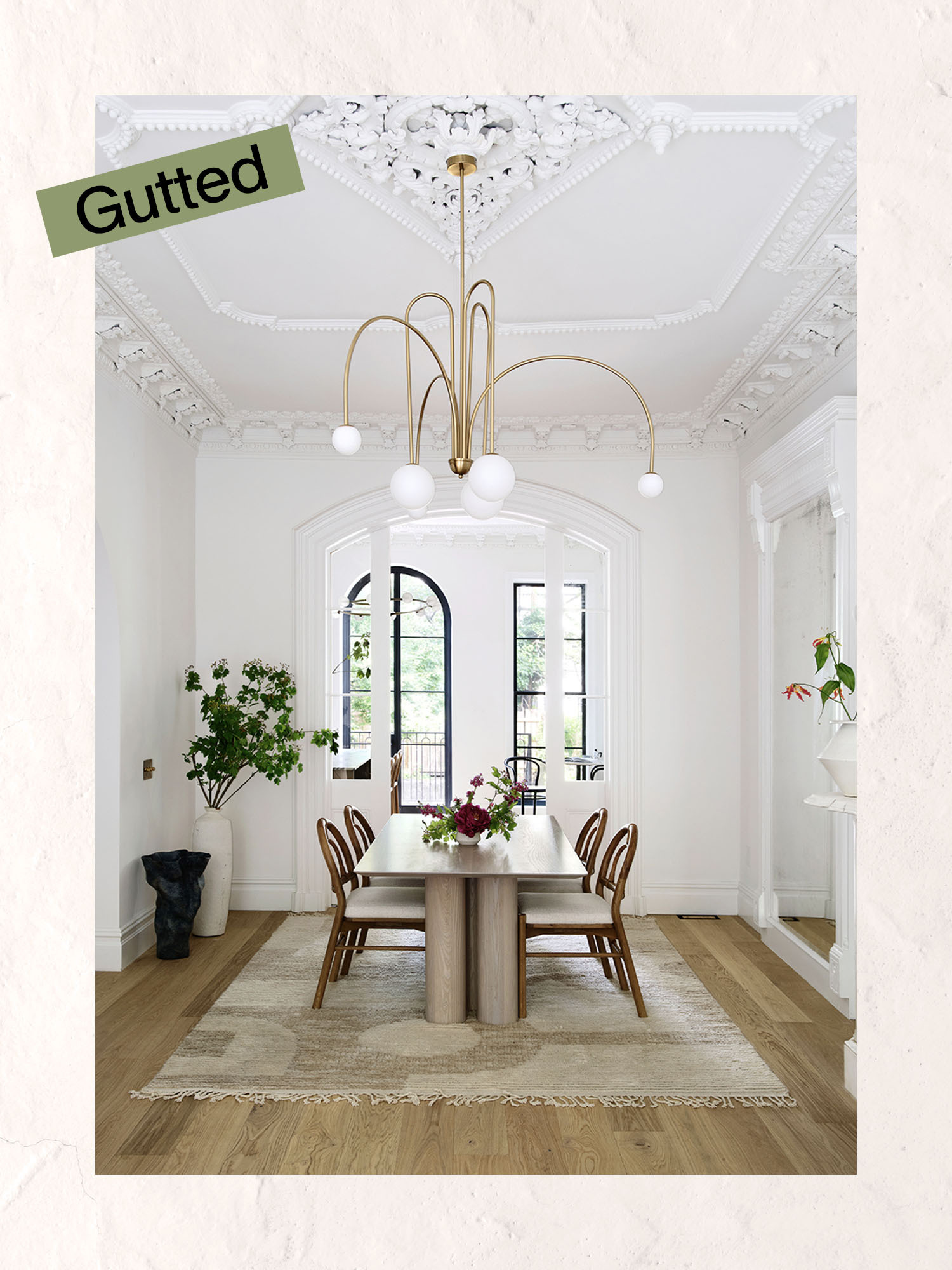We may earn revenue from the products available on this page and participate in affiliate programs.
Sometimes, when staring down the prospect of a major home project, it can be hard to know where to begin. And if you’re renovating an old house, in addition to tackling the basics, you also have to factor in how you’re going to honor the home’s past. That’s why it can help to focus on what not to do instead.
Luckily, if you are rethinking an older home, Barry Bordelon and Jordan Slocum, aka the Brownstone Boys, know a thing or two about renovating historic properties. The pair recently penned their first book, For the Love of Renovating, which is chock-full of good advice. We asked them to share some common renovating mistakes that cost people money and time and remove the charm of old houses, plus how to avoid them.

Thinking of It as a Renovation Rather Than a Restoration
Will old-house purists and vocabulary snobs berate you for your word choice? Probably not. But Bordelon and Slocum highlight the importance of realizing that working on an old house is markedly different from a standard renovation on a newer property. “Historic homes have a lot of unanswered questions,” Slocum says. You may have to spend more time, money, and resources restoring a home and maintaining its charm than you would with a gut renovation.
Working With the Wrong Person
A contractor may have great rates or come highly recommended by a friend, but if they’re not experienced in old-home restoration, you may end up with significant delays or subpar work. “The contractors that you are getting quotes from might not know how to do restoration,” Slocum says. “And next thing you know, all those beautiful original details are out of your house, which are probably the things that turned you onto that house.”
The duo has a few suggestions for making sure you find a contractor who is up to the task. “Ask them: What do you recommend to do here? What do you recommend to do there?” says Bordelon. “I’m always a big fan of knowing that contractors have done that type of work before. So you can ask outright if they do, but you also want to hear them reference that throughout the [walk-through of the] project.” Pay close attention to how the contractor talks about floors, window casings, and trim, and how they handle running plumbing and electrical in an old house.

Not Having a Detailed Demo Plan
To save yourself a major headache during the construction phase, approach de-construction wisely. “Something that’s important for us is having a proper demo plan and staying super-organized with those original details. If you take off door trim and then you’re putting it back in nine months, you want to make sure that it is properly organized and you know exactly which doorframe it’s going back to,” shares Slocum.
And if you live in a metropolitan area, be prepared to pay for it. “Demo is expensive,” Bordelon says. “And with the bureaucracy of working with a city, everything takes longer.” Seek out an architect who is familiar with the codes and nuances of your city and could possibly expedite the paperwork needed for the demolition (and construction) process.
Creating a Construction Plan That Lacks Specificity
While the decision-making about some of your soft finishes can come toward the end of your project, you really want to have as many details set before you begin as possible. Choices that may seem simple (i.e., sconce versus pendant lamp) can cause a lot of work if you don’t get them right the first time in a historic home. “It’s imperative that you have all the right measurements, and you want to make sure that you know your wall thickness, because there are going to be bigger headaches at the end of the project if you have to move that plumbing around because that drywall has to come down,” Slocum says. “So we really advise doing your proper measurements up front after demolition, making sure you have the architect cross-reference and that your contractors are aligned.”
Avoiding Modernity
“We always say that we’re not trying to build a period piece,” Bordelon says, laughing. “Stay true to the house where you can, but also modernize it and make it what you want it to be.” Just because your house is old doesn’t mean you should forgo modern conveniences. You can play with a mix of contemporary and historic, adding appliances or pieces that work with your lifestyle in a room with original woodwork.
